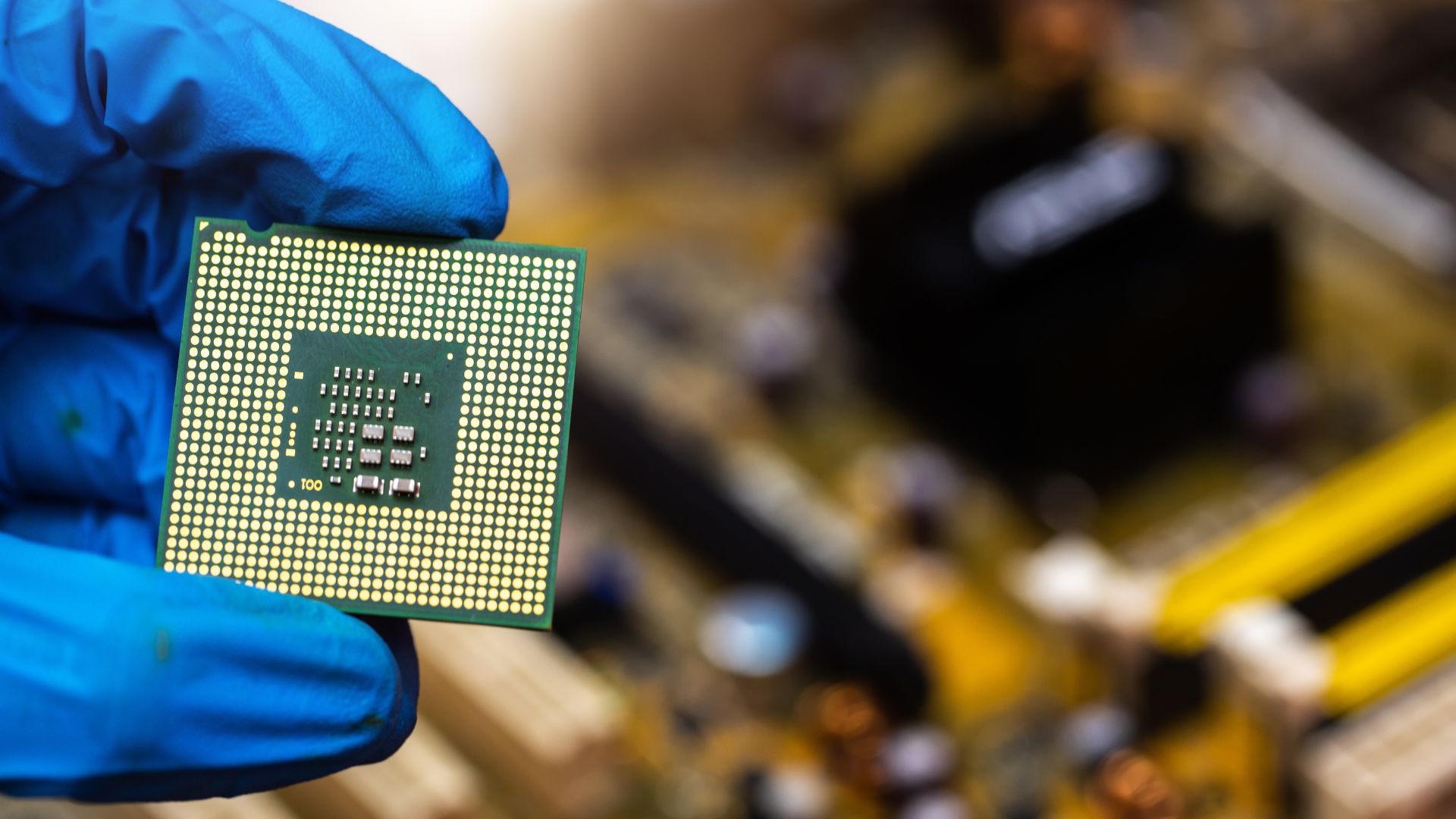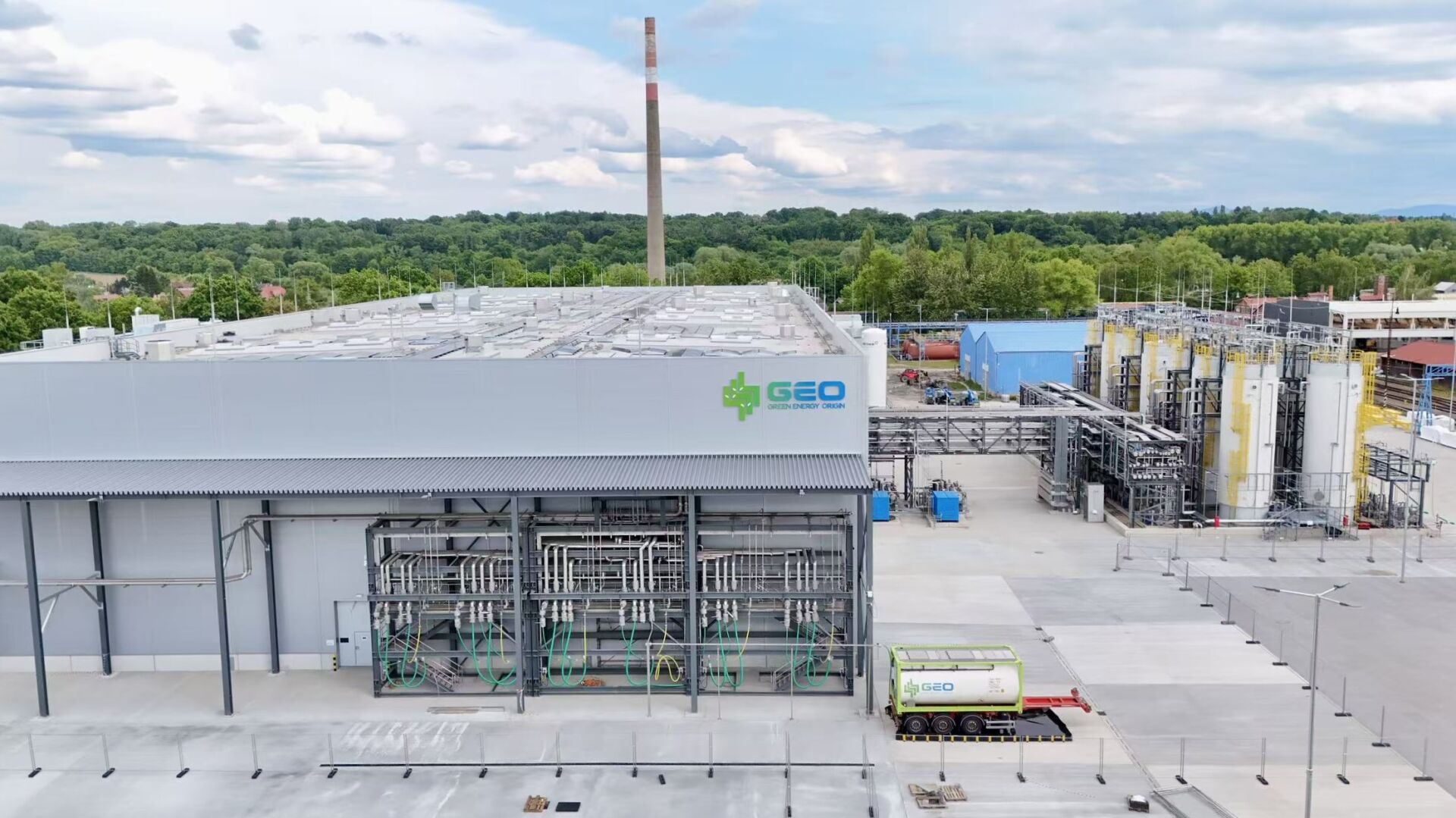A new photonic chip harnesses laser light to deliver a 100-fold increase in AI tasks while using significantly less electricity. This near zero-energy approach could transform sustainable machine learning and reduce the environmental footprint of next-generation computing.
New light-based chip pushes AI tasks 100-fold while cutting electricity use

Key Takeaways:
- The chip dramatically boosts AI tasks by up to 100 times
- Laser-based photonic technology underpins its efficiency
- It operates on near zero-energy consumption
- Sustainability is central to its design in machine learning
A Photonic Breakthrough
A newly developed chip promises to alter the landscape of artificial intelligence computing by using laser-based photonics. According to the release, this “light-based” technology can drive a 100-fold boost in AI performance, targeting computational bottlenecks that have challenged conventional semiconductor approaches.
Near Zero-Energy Revolution
One of the most striking aspects of this innovation is its near zero-energy consumption. By channeling laser light to handle AI operations, the chip sharply reduces electricity requirements. As the industry continues to seek ways to balance performance with energy efficiency, this shift to photonics could help cut power demands without compromising on speed.
Sustainability in Machine Learning
Machine learning’s energy footprint has drawn increasing attention. This photonic chip, with its remarkable efficiency, points toward a more sustainable future in AI development. Through reduced electricity usage and enhanced performance, it offers an avenue for environmentally friendly computing that could resonate across research institutions and tech industries alike.
Looking Ahead
While details remain limited to the initial overview, the promise of light-powered computation could reshape how AI handles resource-intensive tasks. By demonstrating a practical path to high-speed, low-energy operation, innovators are setting the stage for broader adoption of photonic technology in the next wave of machine learning breakthroughs.











